





_1.png?ext=.png)

Banmeet leads CRU’s Metallurgical Coal and Coke research, and is the editor of the Metallurgical coal market outlook, providing market intelligence on current market trends and delivering a fundamentals driven perspective on the medium and long term steel and raw materials markets.
Banmeet has 12+ year cross commodity experience in the metals & mining, Oil & gas and energy sectors. Prior to CRU, Banmeet was Coal markets specialist for Anglo American Marketing Singapore and Wood Mackenzie. Banmeet has also covered Oil & gas markets for Woodside Petroleum and AGL Energy in Australia. Banmeet has cross functional experience working in a range of roles for research houses and producers in economics, commercial and marketing divisions.
Banmeet holds a bachelors degree in Actuarial studies from the Australian National University and is based in Sydney.


In 1986 he graduated Faculty of Technology and Chemical Engineering of the Silesian Technical University - Gliwice (Poland) and obtained Ph. D. at the same University in 1993. The main interest of his research works include coke making technology and thermal processing of solid fuels and wastes.
At present he is Director of the Institute of Chemical Processing of Coal in Zabrze. He is a member of Polish Standardisation Commission, expert of Polish Ecological Chamber and member of European Coke Committee.
He is the author of more than 100 scientific and technical papers and 10 patents.
.jpg?ext=.jpg)
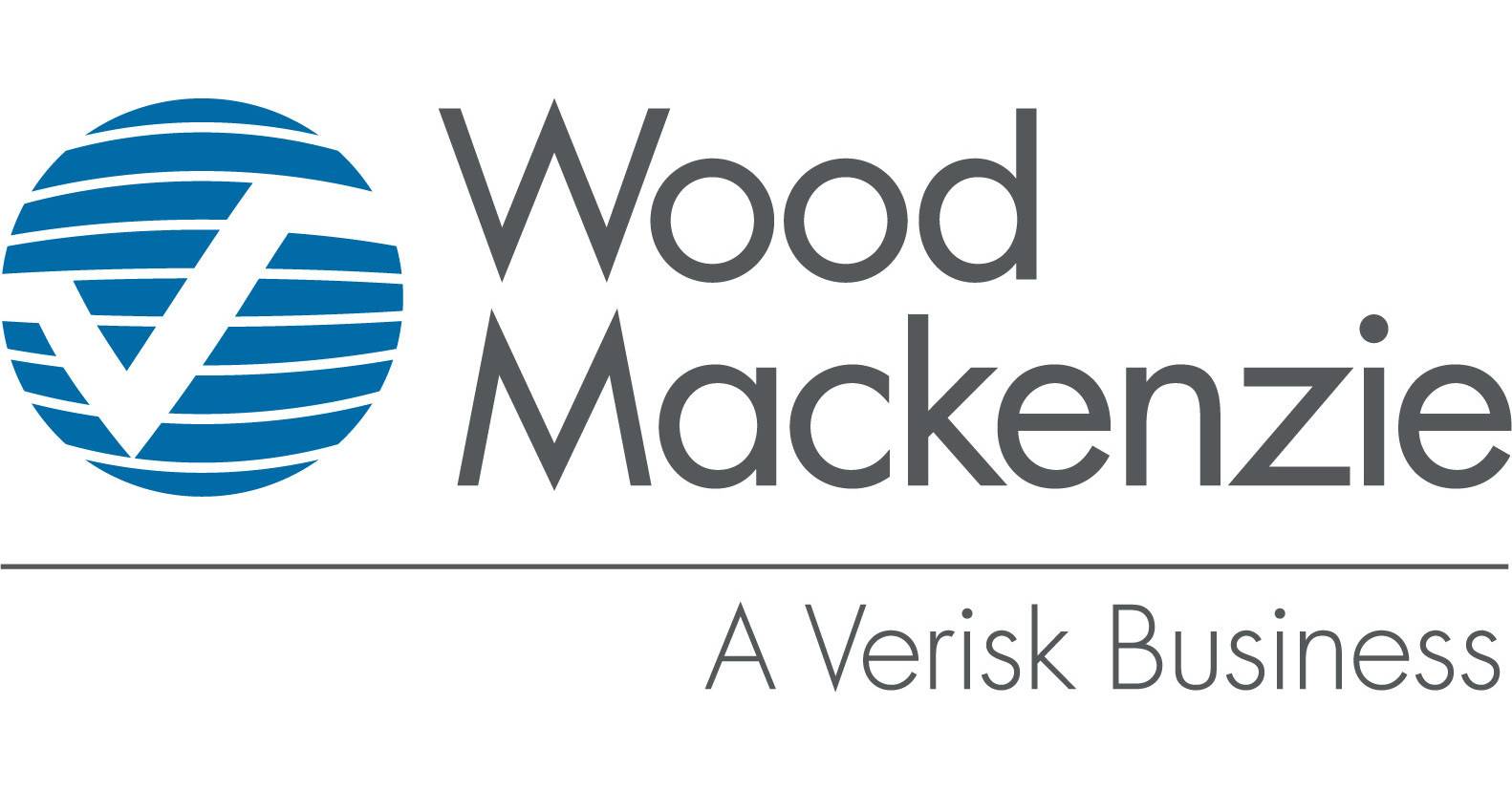
Min Li is a senior research analyst with over eighteen years of experience in the international coal mining industry. She joined Wood Mackenzie in 2016 and is currently based in Singapore with responsibility for Asia Pacific metallurgical coal and global coke market research.
Prior to joining Wood Mackenzie, Min worked with Peabody in business development and investment analysis for ten years.
Min also has over several years of experience in sales and marketing in FedEx.
Min Li is a CFA Level III candidate with an MBA from the University of Missouri in St. Louis.
.jpg?ext=.jpg)

Pranay is based in Singapore and works as the Director of Research and Analysis at S&P Global commodity insights. His responsibilities include leading the analysis of global bulk commodities markets, building global and regional supply and demand balances, and providing short- to medium-term forecasts. Pranay has a bachelor’s degree in mathematics and chemistry, as well as a postgraduate management degree in finance. He is also a member of the Singapore branch of the Institute of chartered shipbrokers.


Yusuke Dohi is a senior researcher of Steel Research Laboratory in JFE Steel Corporation. He holds a master's degree in Materials Science from Osaka University in 2008. He has been engaged in research and development on ironmaking, especially on cokemaking for 15 years. His special interests are quality control of coke based on the advanced evaluation of coal feedstocks and developing new cokemaking processes to achieve not only effective and efficient utilization of carbon resources but also mitigation of CO2 emission. He currently works on a collaborative research project as a visiting research fellow with Professor Hongwei Wu at Curtin University.


Senior Engineer , Master of Engineering , 28 years of experience in the coal industry,
Chairman of Shanxi Today Taigong Coal Coke Technology Research Co., Ltd
General Manager of Shanxi Today Think Tank Energy Co., Ltd
Specially appointed expert of the Expert Committee of the China Coal Transportation and Marketing Association
Member representative of the National Coal Standardization Technical Committee
Special expert from the Energy Research Institute of the National Development and Political Consultative Conference
Expert Committee of Shanxi Coking Industry Association


Li Dongtao, male, graduated from Shanxi Institute of Coal Chemistry, Chinese Academy of Sciences in December 2002, majoring in Physical Chemistry, PhD, Senior Engineer. He is currently an expert of China Coking Industry Association, a member of Coal Chemical Industry Branch of China Coal Society, a chief engineer of Coking in Technical Research Institute of Shougang Group, and an external tutor of master's degree students of Shanxi Institute of Coal Chemistry, Chinese Academy of Sciences and Taiyuan University of Science and Technology.

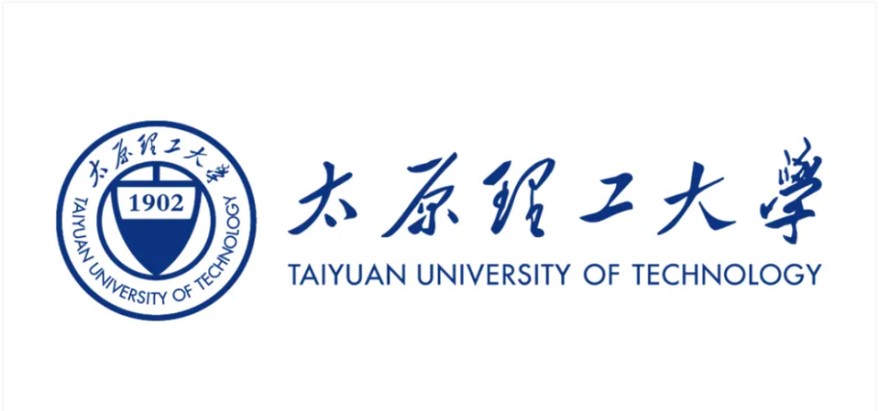
Meijun Wang obtained his PhD degree from Taiyuan University of Technology (TYUT) in 2013. He worked at TYUT after graduation and was offered a professor position in 2020. In recent years, his major research interest has been focused on R&D of coal-blending coking, staged conversion of low-rank coal, and coal-based carbon materials. He has been granted more than 15 projects (including NSFC, Shanxi Province, and industrial entities). He has published more than 70 research papers in international journals such as Fuel, Fuel Processing Technology, Energy Fuels. He has been granted 12 Chinese patents, 1 US patent and 1 Australian patent. He has supervised 4 PhD students, 20 Master students.


G.S.Venkata Subramanian has 37years of operational experience in Recovery type Coke Oven Operations.
• Educational qualification: B.Tech(Metallurgy) from Karnataka Regional Engineering College, presently NIT, Surathkal, India
• Joined Bhilai Steel plant (a flagship unit of Steel authority of India) in May 1982 as Management Trainee(Technical)
• Worked in various sections of Coke Oven and Coal Chemical department (1983-2018)
• Became Head of the Department (General Manager) in 2017
• 4 months prior to retirement, joined as Head of Energy management Department (Feb-May 2019)
• Superannuated from Bhilai Steel plant in May 2019
• Implemented e-log systems, Web based Delay Analysis for Wagon Tippler unloading and Battery production operations, numerous modifications in Coal, Coke Handling plants and Battery proper
• Championed the cause for initiating and purchasing high valued items for the department
• Initiated 5-S based housekeeping in Coke Plant and secured awards for improving work ambience with greenery and compliance to environmental norms
• Got the coveted ‘Jawahar Award’ twice for outstanding performance in 1999 and 2016
• Secured ‘Engineering Achievement Award’ from The Institution of Engineers (INDIA) in 2013
• Secured plant based ‘APEX’ Award in 2009 for improving Coke Handling Logistics
• Presented 20 technical papers during seminars and Operating Committee Meetings on Coke Making Technology, Environment Control of Coke Plant etc.


One of my current responsibilities is to manage/facilitate the adoption of Hydrogen to minimize CO2 emission namely the reduction of carbon footprint. The task requires engagement at various stages within the metallurgical community and at academic institutions in conjunction with economic evaluation reflecting public policies.

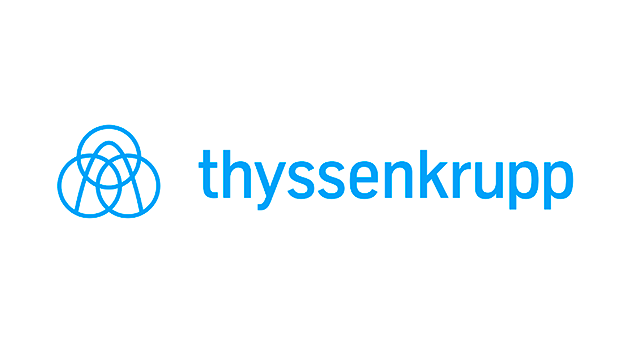
Mining engineer, master of sciences in mineral engineering, with undergoing doctoral studies in mineral engineering, all of which at the University of São Paulo, Brazil. Independent consultant in the mining, minerals processing and cement industries since 2006. University professor for chemical engineering, production engineering and chemistry courses at Faculdade de São Bernardo (FASB) since 2010. Process and sales engineer at thyssenkrupp Uhde Brazil for coke plants and inorganic acids since 2013.


Dr. Ahmed Shah Firoz served as Chief Economist at the Economic Research Unit of the Ministry of Steel till recently, studied Economics in India’s prestigious Jawaharlal Nehru University, New Delhi, to acquire is his Masters (MA) ,M.Phil. and Doctorate (Ph.D.) degrees. He worked on the problems of disequilibrium states of the market specifically involving consumer behavior in shortage economies of the erstwhile USSR, Hungary and Poland. He also worked on the concepts of soft budget constraints in investment decisions in both centrally planned and market economies.
Firoz is currently a member of the Expert Group in the government project Mining 2035 undertaken under the auspices of Niti Aayog, the government’s most important think tank and policy driver. He is a Member of the Governing Body of Thought Arbitrage Research Institute ( TARI), a professional research body. He is also member of the Advisory and Governing Body of Steel User Federation of India ( SUFI). He continues to advise the government on various policy and strategic matters related to the iron and steel and coal and other related sectors. He is also seen as the architect of India’s new steel policy.


Dr Rob Boyd is currently Technical Marketing Manager for BT Mining, a role he has held for 18 years. Prior to that he was the chief Resource Geologist for the Greymouth & Reefton coalfields. He holds a Post Graduate Diploma in Environmental Science, and an MSc(hons) & PhD in Geology.
His key areas of interest are evaluating the match of resource quality to market, and the impact of coal quality on utilisation. Rob enjoys working with customers to improve efficiency through optimising coal quality that can lead to fuel rate and emissions reduction in thermal and coking coal use.
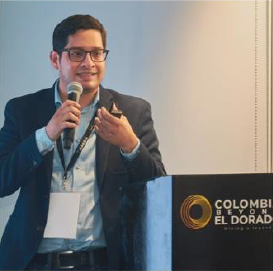
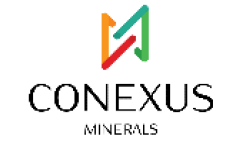
With over 12 years of experience in coal and energy industry management and advisory roles, Byron has a rich background spanning the private sector and government. He played a key role at Minas La Aurora, the largest mining company in Norte de Santander, Colombia, overseeing 9 mines and the production of thermal and metallurgical coal. Byron served as the Secretary of Mines in the region, responsible for its mining sector, which includes phosphorus coke and coking coal. Following this, he worked as the Commercial Manager for Carbomax de Colombia, handling exports of coke and thermal coal. Currently, Byron operates a company connecting producers with the market, specializing in low phosphorus coke and coking coal exports. In addition to his industry expertise, Byron is a University Professor, covering subjects like SCM, CRM, sales, forecast, finance, HR, projects, and the manufacturing industry. His knowledge extends to coal markets in Central America, Latin America, Europe, and Asia, fostering strong connections with thermal, steel, and cement plants. Byron excels in strategic planning, leadership in action plans, shipping operations, trade rules, customs regulations (Incoterms), and possesses skills in systems management, including programming, cloud, data analysis, business intelligence, and IT tools.

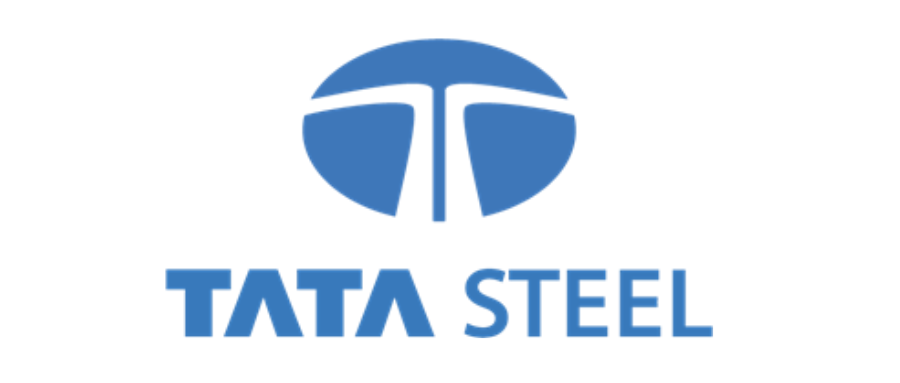
I, Virendra Singh am a chemical engineer by professional having completed Bechelor Engineering (Chemical) from Punjab University, Chandigarh India). Currently I'm working as Chief of Coke Plants at Tata Steel Meramandali, Odisha India where we have two coke plants. The first one is a 0.85 MTPA capacity, recovery type stamp charged coke oven plant with 2 batteries (4.3m tall), by-prodcut plant and a gasholder while second one is 1.25 MTPA capacity, recovery type top charged coke oven plant with 2 batteries (7.6m tall) and by-product plant. I've been working in coke plants for over 30 years in the area of operations & maintenance, project execution and commissioning of new coke plants.

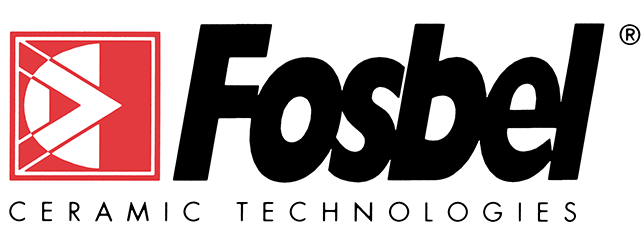
Mr. Dipankar Banerjee is heading the coke business unit of Fosbel in India along with new business development responsibilities for cement & non-ferrous markets. He is a Ceramic Engineer with about 29 years of professional experience in leading refractory & ceramic companies (Saint Gobain, ACC, Vesuvius & now Fosbel) in P&L management, technical sales & marketing, business development, product management & refractory application technology in Iron & Steel, Non-Ferrous, Power Generation, Cement & Ceramics market segments.


Arkadius Gorski joined the thyssenkrupp coke plant technology department right after his graduation in 2000. From that time he has held different positions related to coke oven plant technology. Beginning with 4 years in South Korea as site manager for new coke oven plants and as Head of liaison office for technology interface with the local consortium partner. Between 2009-2014 he was deputy project manager for the construction of a new coke plant in Korea and worked also on project developments in Asia. From 2014 until 2018 he was at thyssenkrupp office in Tokyo in the function of project and engineering manager for project development and execution. After his return to Germany in 2018 he was mainly dedicated to project developments and implementation of high-capacity stamp coke oven batteries for the Chinese and Japanese markets. His main current task is the project execution of a pad-up battery project in Japan.

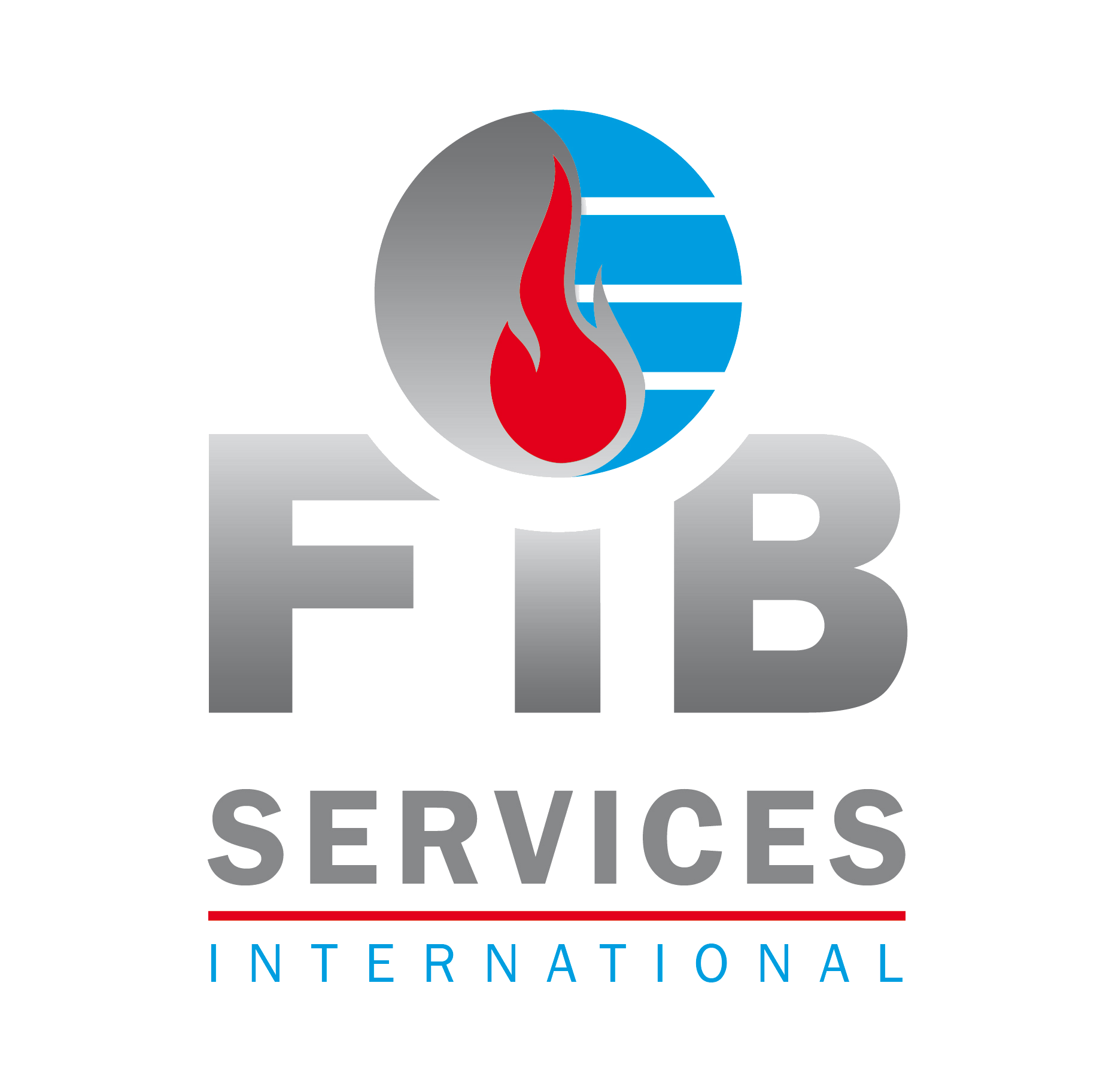
Matthieu has worked for nearly twenty years at FIB-Services Internationa.
For several years, he has held the position of Global Sales Manager and Deputy to the Managing Director.
Beyond the global development of FIB-Services International's activities, he actively participates in the technical development of (refractory) products, equipment and special services and has a wide knowledge of the maintenance of coke ovens.
He interacts daily with coke-makers and refractory repair companies around the world to discuss preventive maintenance, and he regularly participates in working groups and conferences dealing with the same subject.


Himangshu Das is one of the founders of Tathya.Earth, a company specialized in providing near real-time insights on the supply chain of key commodities such as coal, iron ore, steel production. In his current role, he is helping companies make effective decisions across the commodities supply chain by providing insights on mining, inventory and production trends using alternative data such as satellite images. These companies include some of the biggest miners, traders, producers and downstream companies who are leveraging these insights in the areas of commodity procurement, demand planning, trading, hedging and fleet management.
Himangshu has a Bachelor's Degree in Computer Science from NIT Silchar and he did his post graduate management degree from IIM Mumbai.